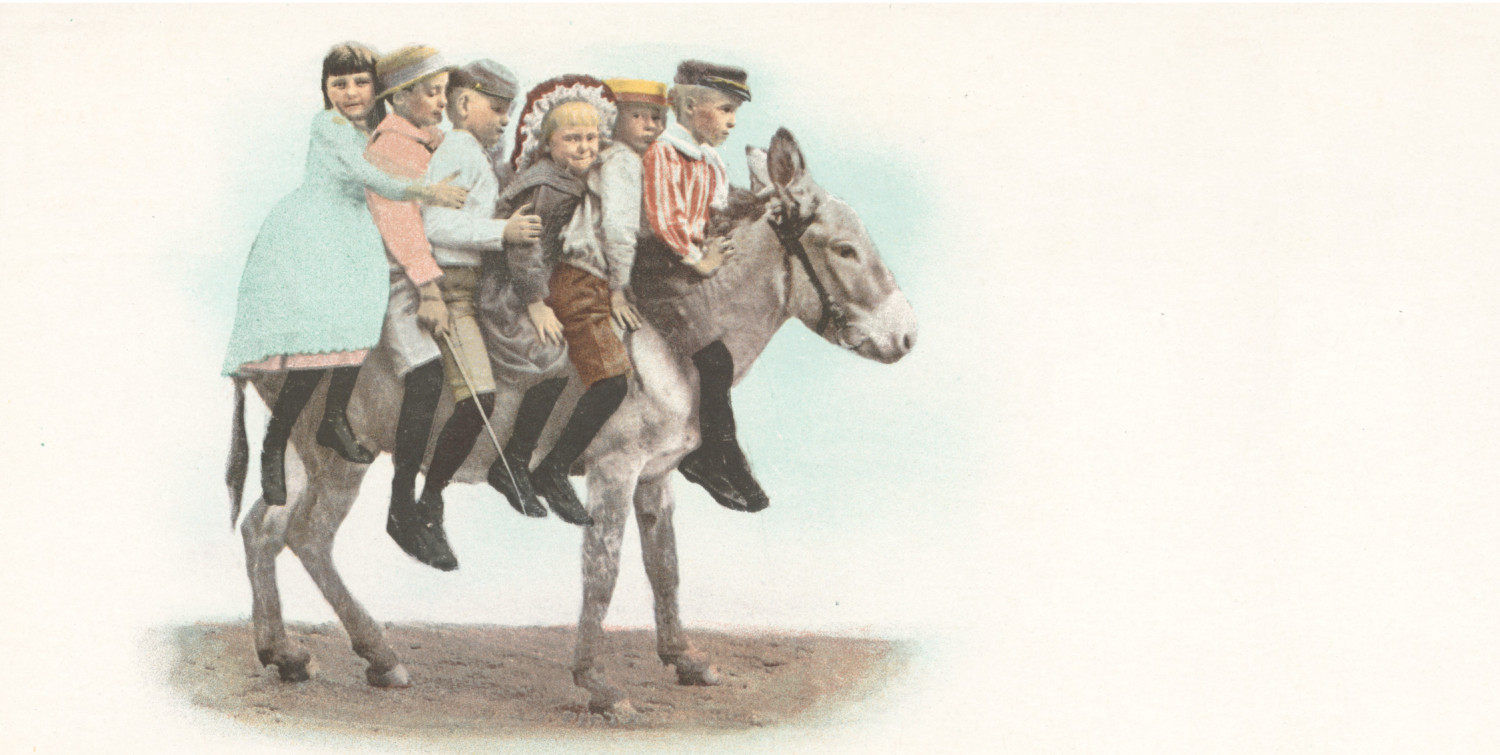A Nova Zelândia anunciou no dia 25 de julho que pretende eliminar todas as espécies invasoras que hoje vivem no país até 2050. Ratos, gambás e furões são os maiores alvos da iniciativa, que visa a preservação das espécies nativas neozelandesas e o fim dos vetores de algumas doenças na pecuária.
O plano foi apresentado em comunicado do primeiro-ministro John Key. Ele argumentou que espécies invasoras matam até 25 milhões de pássaros nativos todos os anos na Nova Zelândia.
O extermínio de animais será feito por meio de uma joint venture chamada Predator Free New Zeland, que receberá fundos do governo e de investidores privados. A Nova Zelândia já gasta cerca de US$ 50 milhões de anos com pesticidas e armadilhas para este mesmo fim.

Gambá e rato atacam ninho na Nova Zelândia. Imagem retirada do site http://www.doc.govt.nz/nature/pests-and-threats/animal-pests/animal-pests-a-z/possums/
A revista “Wired” lembrou, com bom humor, que a maior espécie invasiva da Nova Zelândia são os seres humanos. Eles, naturalmente, serão poupados.
A iniciativa provavelmente encontrará resistência de alguns moradores. Primeiro, porque muitas das formas de extermínio (como o uso de venenos) também atingem espécies nativas; segundo, pois muitos animais invasores contam com a simpatia das pessoas.
Os gatos ferais, por exemplo, respondem por grande parte das mortes de animais nativos, mas seu extermínio costuma ser malvisto. O governo já disse que gatos domésticos, desde que fiquem dentro de casa e só passeiem de coleira, serão poupados.
Abaixo, o comunicado publicado pelo governo neozelandês na íntegra:
New Zealand to be Predator Free by 2050
Prime Minister John Key has today announced the Government has adopted the goal of New Zealand becoming Predator Free by 2050.
“While once the greatest threat to our native wildlife was poaching and deforestation it is now introduced predators,” Mr Key says.
“Rats, possums and stoats kill 25 million of our native birds every year, and prey on other native species such as lizards and, along with the rest of our environment, we must do more to protect them.”
Mr Key says these introduced pests also threaten our economy and primary sector, with their total economic cost estimated at around $3.3 billion a year.
“That’s why we have adopted this goal. Our ambition is that by 2050 every single part of New Zealand will be completely free of rats, stoats and possums.
“This is the most ambitious conservation project attempted anywhere in the world, but we believe if we all work together as a country we can achieve it.”
The Government will lead the effort, by investing an initial $28 million in a new joint venture company called Predator Free New Zealand Limited to drive the programme alongside the private sector.
This funding is on top of the $60 to $80 million already invested in pest control by the government every year and the millions more contributed by local government and the private sector.
Predator Free New Zealand Limited will be responsible for identifying large, high value predator control projects and attracting co-investors to boost their scale and success.
The Government will look to provide funding on a one for two basis – that is for every $2 that local councils and the private sector put in, the Government will contribute another dollar.
“This ambitious project is the latest step in the National-led Government’s commitment to protecting our environment.
“We are committed to its sustainable management and our track record speaks for itself.
“This includes the decision to establish the world’s largest fully protected ocean sanctuary in the Kermadecs, better protection in our territorial sea and our efforts to improve the quality of our fresh waterways.
“We know the goal we have announced today is ambitious but we are ambitious for New Zealand.
“And we know we can do it because we have shown time and again what can be achieved when New Zealanders come together with the ambition, willpower and wherewithal to make things happen.”
| TÍTULO | New Zealand Vows to Wipe Out Rats and Other Invasive Predators by 2050 |
| AUTOR | Austin Ramzy |
| DATA | 25 de julho |
| LOCAL | Nova Zelândia |
| FONTE | The New York Times |
| REPOSITÓRIO | http://www.nytimes.com/2016/07/26/world/australia/new-zealand-animal-predators.html |
